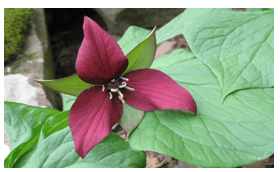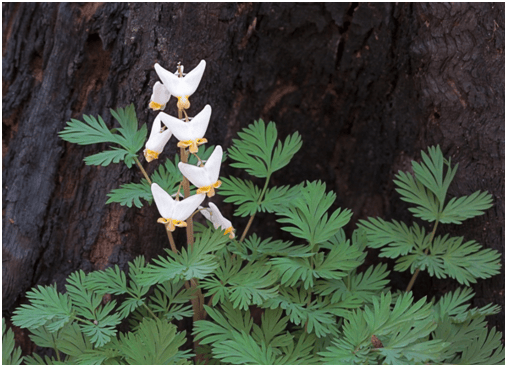Ecological Adaptations
Ecological Adaptations: Overview
This Topic covers sub-topics such as Succulents Plants, Ephemerals, Xerophytes, Hydrophytes, Adaptations in Xerophytes, Adaptations in Hydrophytes, Adaptations of Organisms, Non-succulents Plants, Adaptations in Halophytes and, Adaptations in Mesophytes
Important Questions on Ecological Adaptations
Which of the following cannot be considered as an adaptation of xerophytes?
Which of the following morphological adaptations is/are not found in epiphytes?
Describe the Non-succulent plants.
Epiphytes have no attachment to the ground so they are called air plants
Which among the following is not a non-succulent xerophyte?
Which among the following is a succulent plant?
Succulent plants store water in their leaves.
List some morphological adaptations in epiphytes.
Non succulent plants can store water in their leaves to prevent water scarcity.
The plants that store water in their leaves are called

Study the above figure of the ephemeral plant and state the scientific name: ( words)
Fill in the missing letters and explain the term:
| E | P | A | S |

Study the picture and identify the ephemeral plant:
Desert ephemeral plants play an important role in desert ecosystem stability and environmental conservation.
Hydrophytes are plants that require water for survival.
Define hydrophytes and give examples.
Ephemerals are plants that are mostly found in dry zones and complete their life cycle within a very short span.
Euryhaline are those species called that can tolerate wide range of salinity.
The plants that live in dry conditions are called _____.
